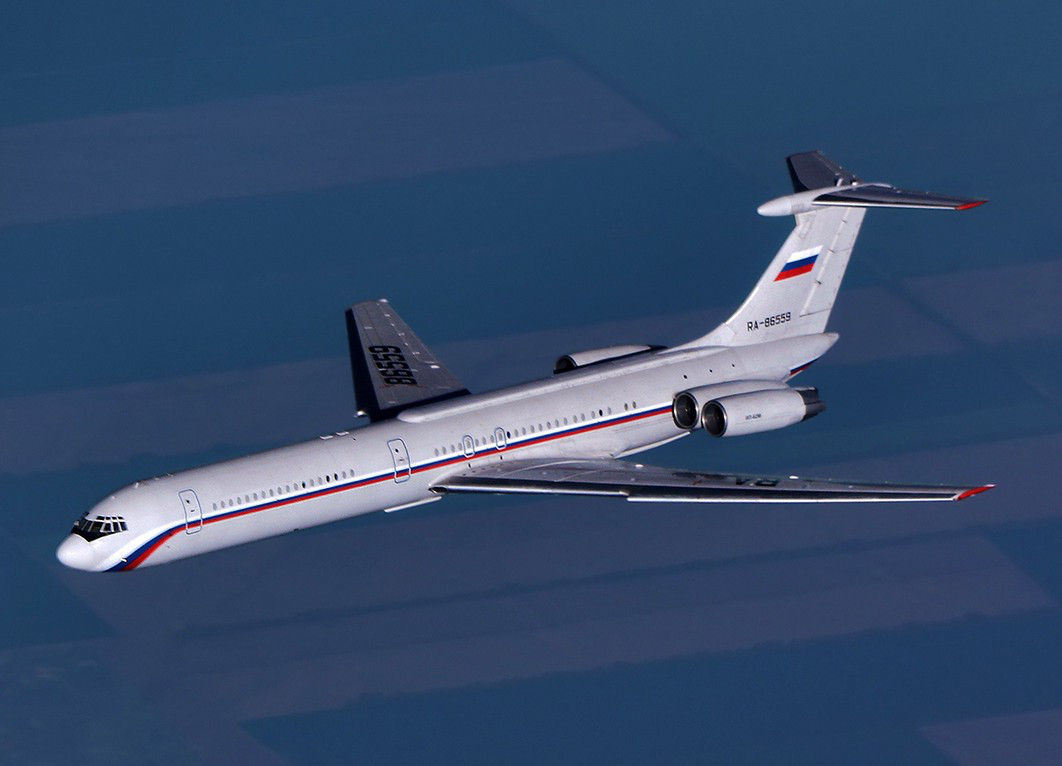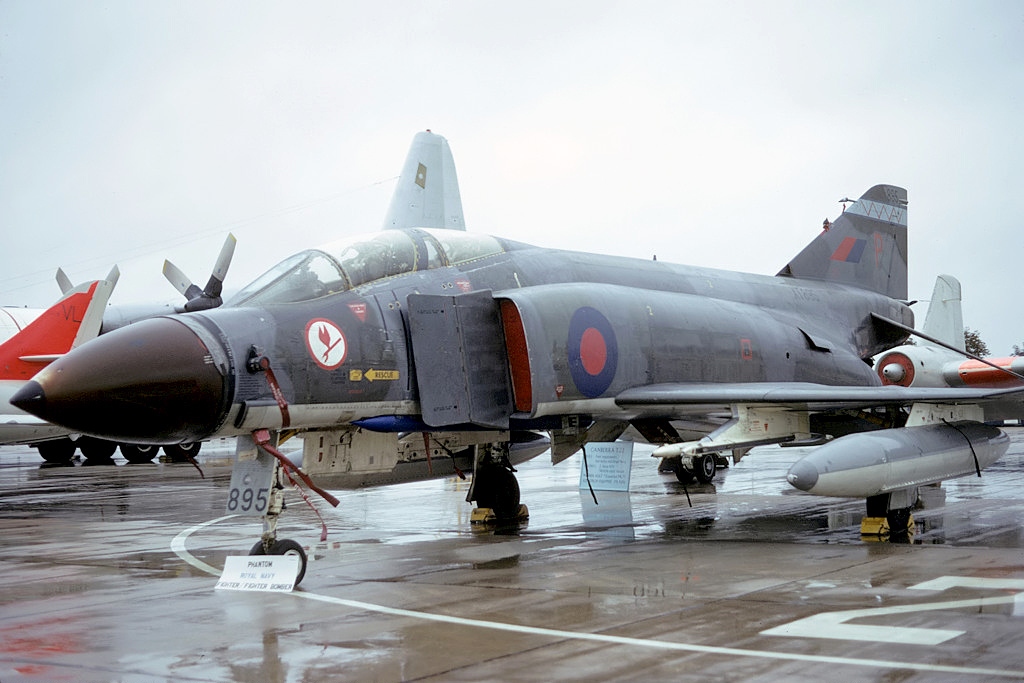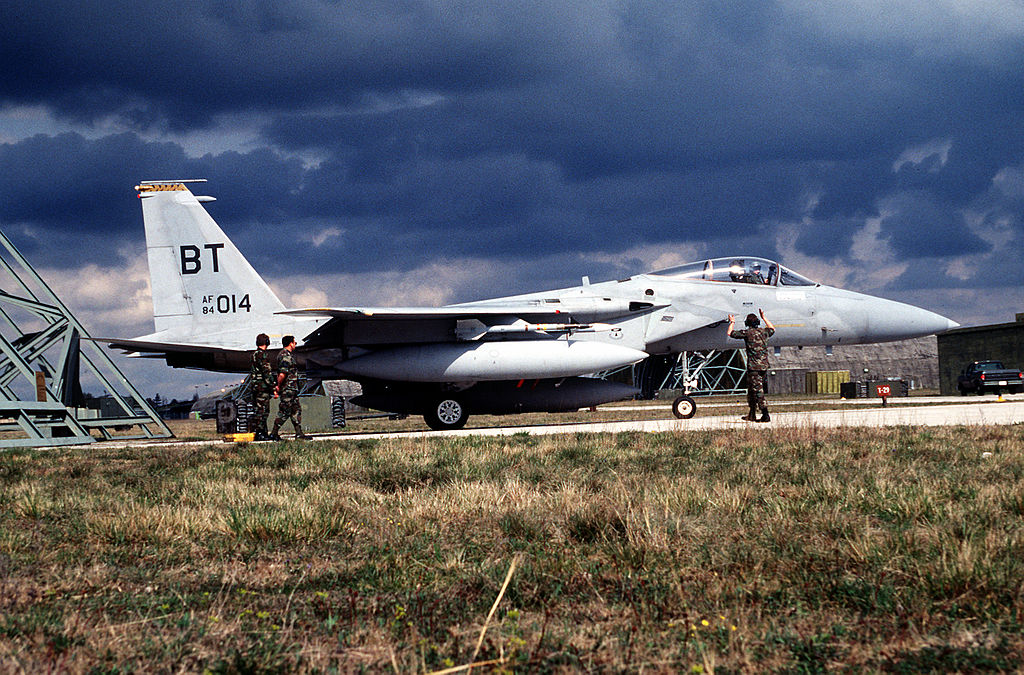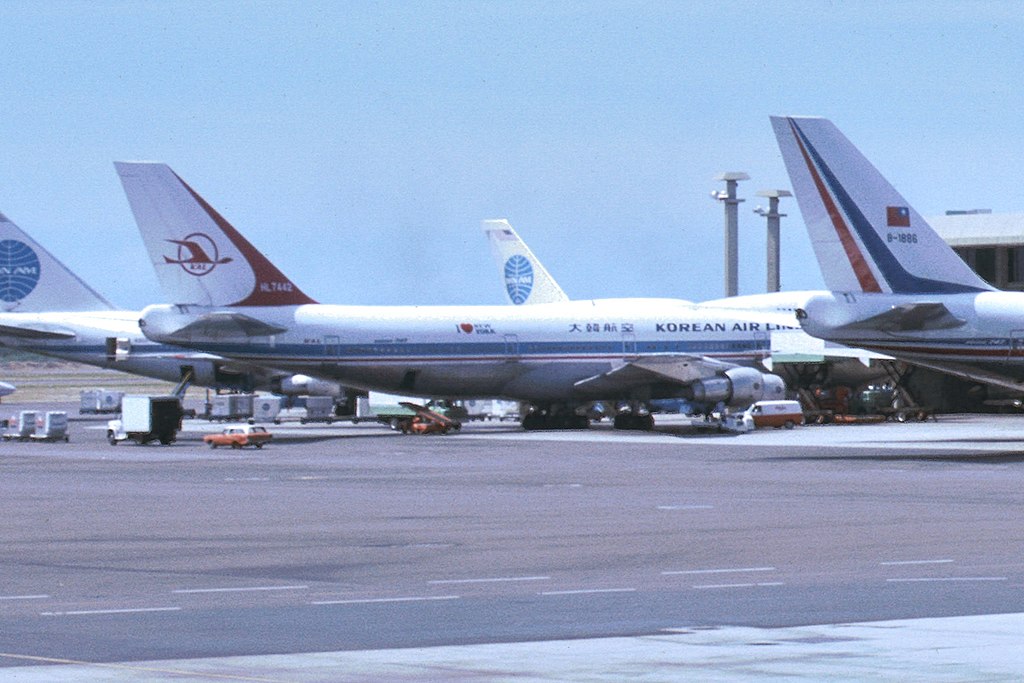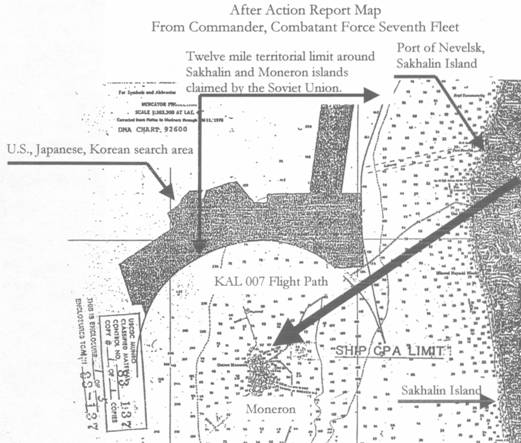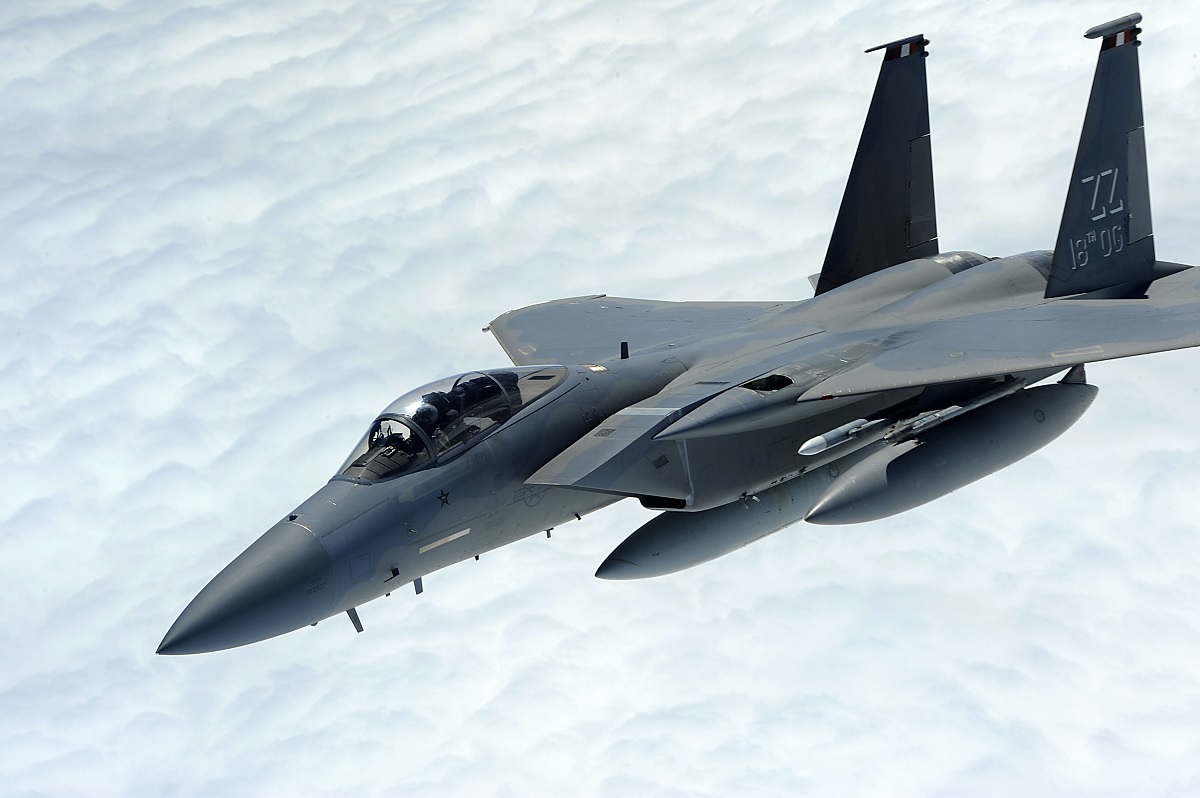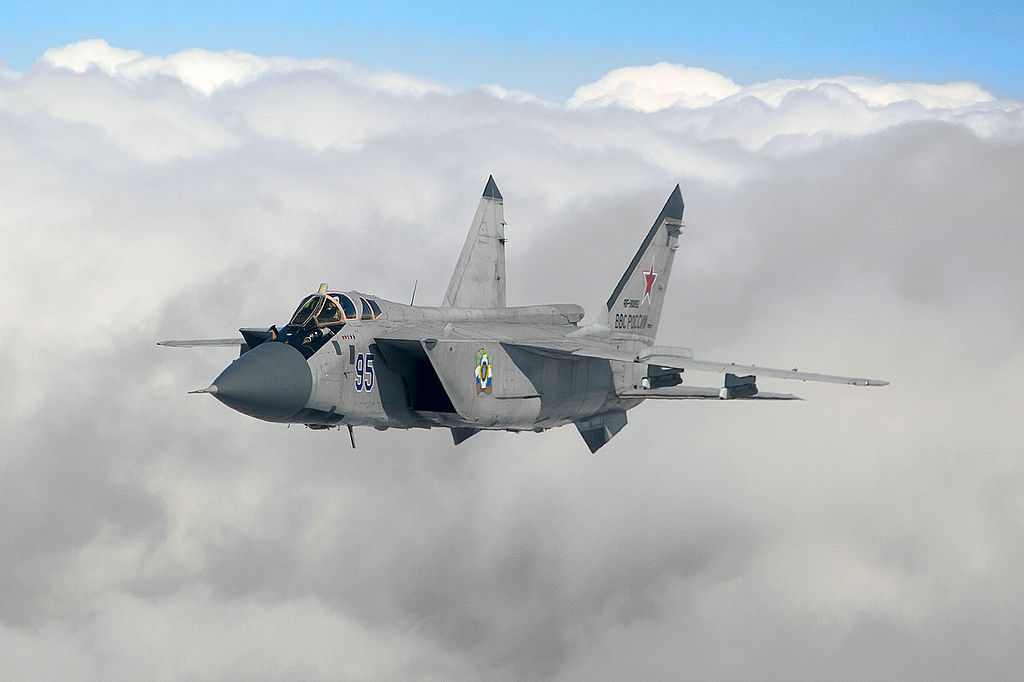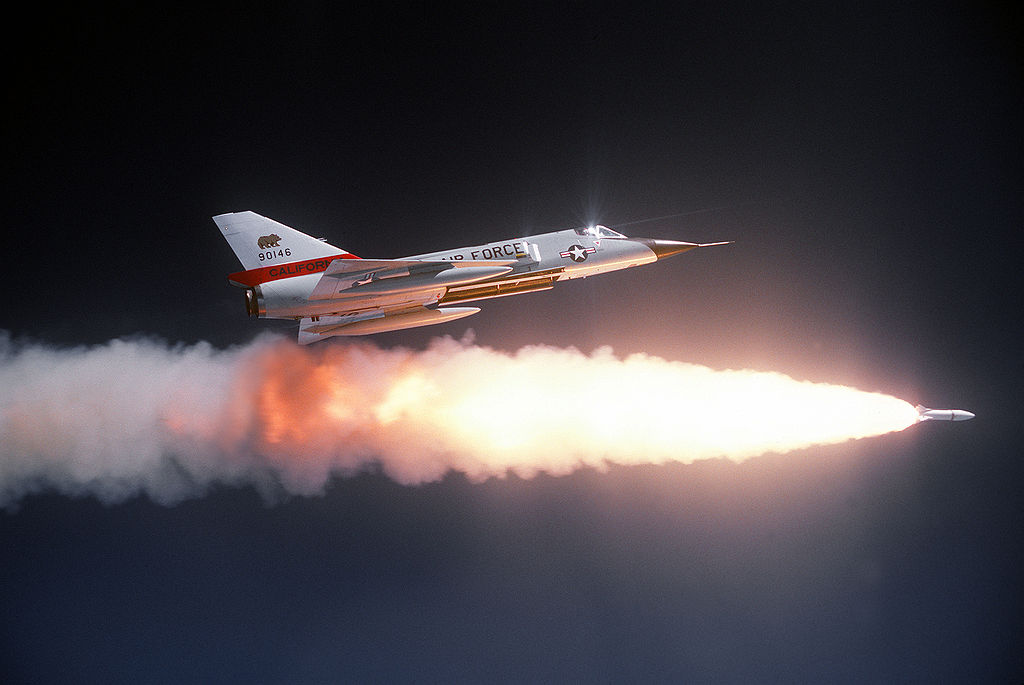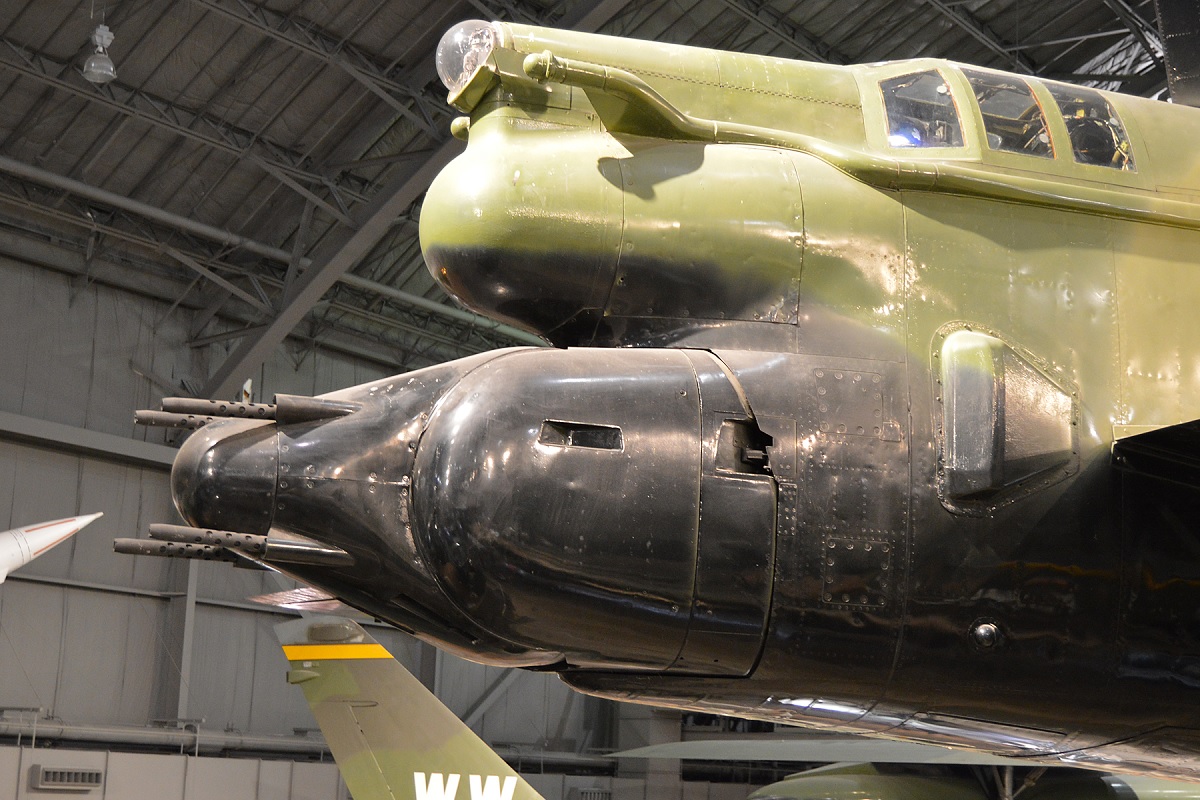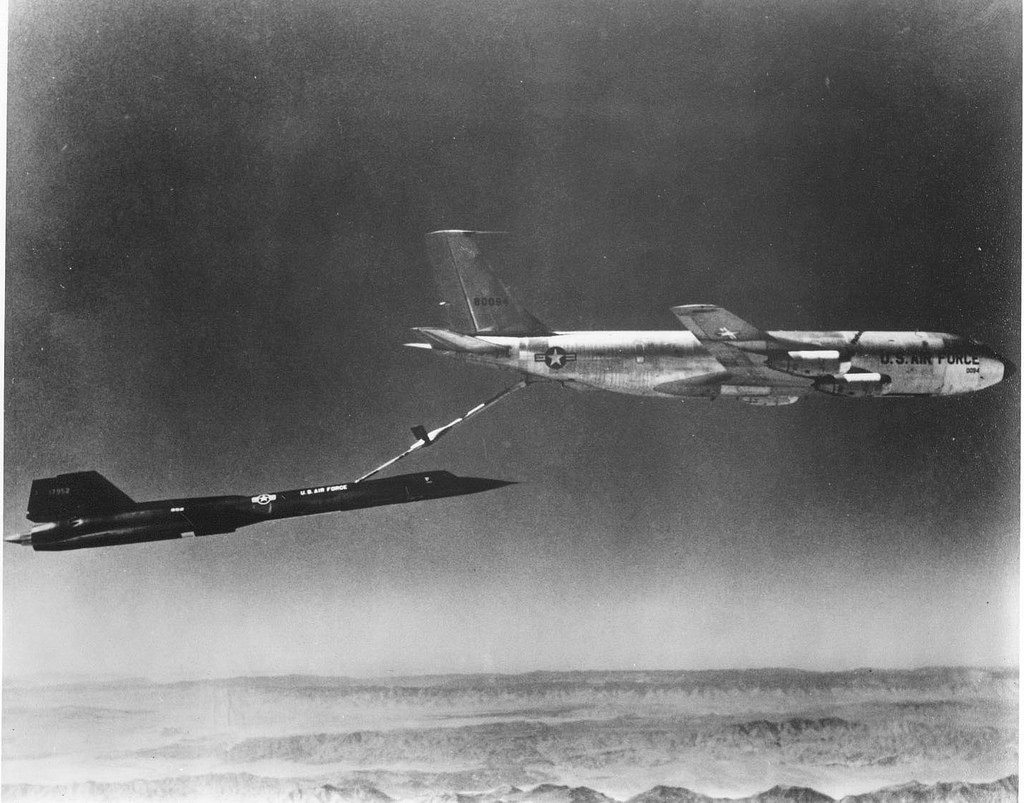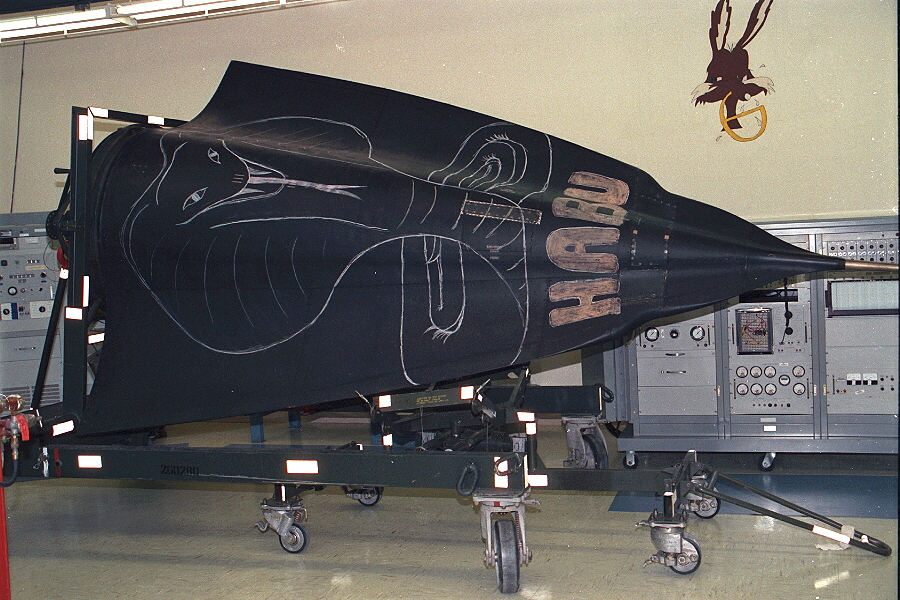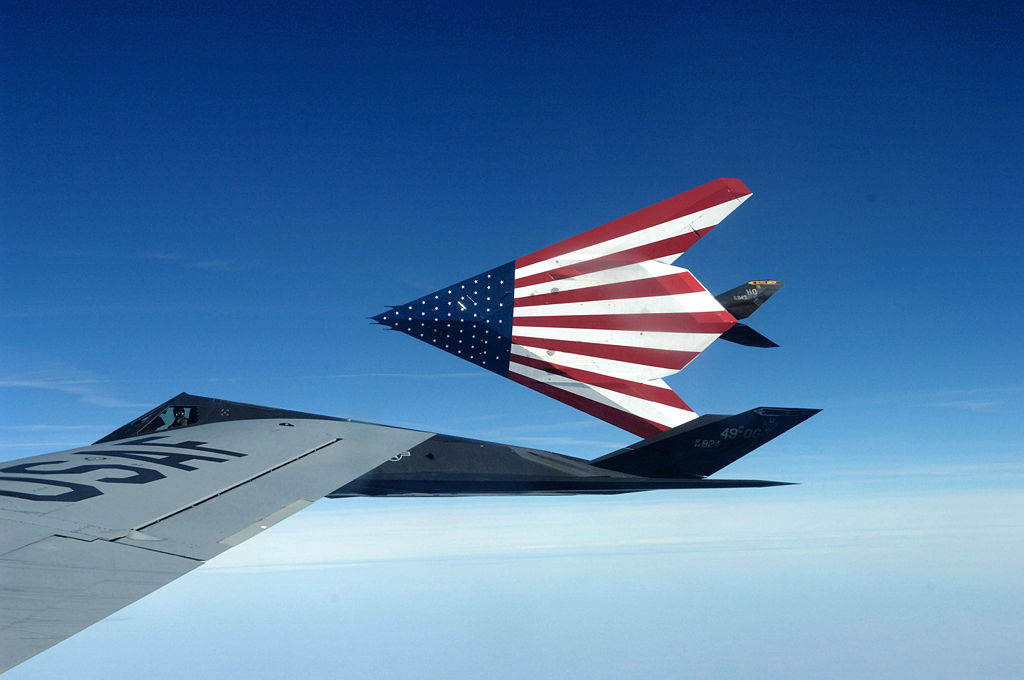“Keeping the Phantom in that position for about six or seven minutes, my navigator and I grinned at the cameras, struck tops of our bone domes lingeringly and flamboyantly, offered thumbs up and gestures until, eventually, the Classic captain made a classic turn onto a south-easterly course…,” Alan Winkles, former Phantom driver
From the 1960s to the early 1990s, the U.K. used the McDonnell Douglas F-4 Phantom II as one of its main combat aircraft.
In 1969, the Fleet Air Arm and RAF both began using the Phantom. In the RAF, it was quickly replaced in the strike role by other aircraft made specifically for a strike and close air support, whereas in the Royal Navy, it had a secondary strike role in addition to its primary use for fleet air defense. It assumed this position by the middle of the 1970s and remained the U.K.’s primary interceptor until the late 1980s.
In contrast to the Lightning force, where QRA scrambles typically involved an almighty scramble, the QRA Phantoms at Leuchars frequently received long-range warnings of “zombie” (i.e. Soviet) activity, allowing a more leisurely pace, as stated by former Phantom driver Alan Winkles in Robert Pike’s book Phantom Boys.
“This, though, was not always the case and my mind […] went back to one such unusual situation […]. As part of a naval co-operation exercise, I’d been on combat air patrol to the east of the Shetland Isles when the radar unit at RAF Saxa Vord, situated on the northern tip of the Shetlands, had given orders to intercept a civilian airliner which was off-track and not responding to air traffic control’s messages. On his airborne radar, my navigator had swiftly spotted the relevant radar return and, as he called out appropriate directions, it was not long before I could pick up the aircraft visually. Soon, as I closed onto the target from astern, my navigator agreed with the assessment that it was an Ilyushin Il-62, NATO codename ‘Classic’, a Soviet long-range jet airliner with a capacity for almost 200 passengers and crew, and which looked similar to the Vickers VC10 aircraft. The Classic, which had Aeroflot markings, was flying at an altitude of 35,000ft at an airspeed of around .85 Mach and the machine was flying directly towards the area of our naval exercise.
“Maintaining the Phantom’s position astern the Ilyushin, I closed up to about 100 feet directly below the intruder. While discussing with my navigator our next course of action, suddenly, to our amazement, a fairly large square panel on the Classic’s underside began to open.
“Like lustful sets of prying eyes, three enormous camera lenses were now revealed. No sleuth was needed to work out that the Aeroflot’s crew members had been ignoring air traffic control deliberately in order to overfly and photograph the ships of the United States fleet and the carrier group involved with the exercise. The situation was as blatant as it was outrageous.
“Normally to fly in close proximity to another aircraft without the captain’s knowledge would be wholly contrary to the practices of good airmanship. In this case, however, I realized that the Ilyushin captain would need to fly at a steady -height and airspeed in order to achieve good photographic results. I decided, therefore, to fly even closer to the Ilyushin — some 30 or 40 feet beneath it — so to block the recalcitrant cameras’ view. Keeping the Phantom in that position for about six or seven minutes, my navigator and I grinned at the cameras, struck the tops of our bone domes lingeringly and flamboyantly, and offered thumbs up and gestures until, eventually, the Classic captain, doubtless still oblivious of our presence, made a classic turn onto a south-easterly course when, at last, he obeyed air traffic control’s instructions to head off into the wide blue yonder. Later, I could picture the Soviet intelligence people when they summonsed the Classic captain, pointed at the jaw-dropping photographic triumph, then put hands on hips and made every effort not to smile or laugh — a laugh that might start with a rumble to grow rapidly into a belly-roar — while the shame-faced captain wrung his hands, bit his lip then made a hasty, embarrassing retreat.
“Maybe at that point the room filled with unwelcome applause.”
Photo by MSgt. Don Sutherland / U.S. Air Force, Sergey Lysenko, and Mike Freer – Touchdown-aviation via Wikipedia


